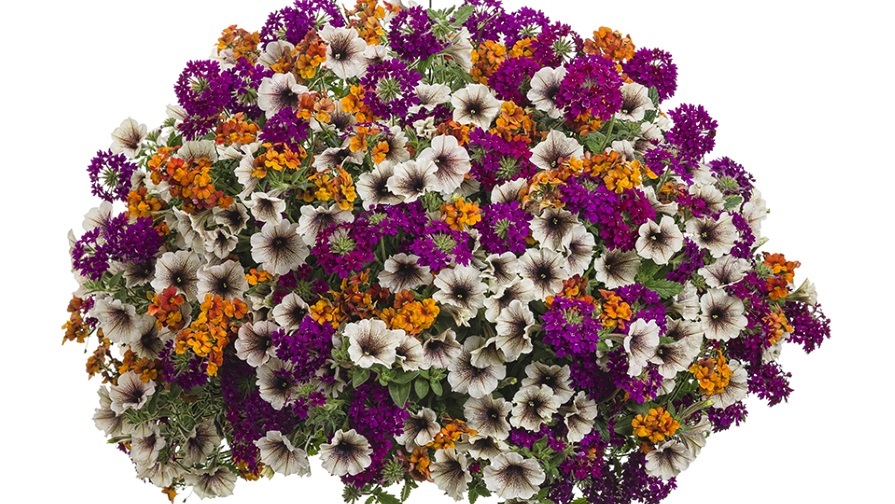Clarification: White House Recommends Sourcing Insecticide-Free Plants In Federal Landscape Guidelines
Editor’s Note (11/11/14): I was recently informed that this document, part of the Obama Administration’s effort, “Creating a Federal Strategy to Promote the Health of Honeybees and Other Pollinators,” while troubling because it recommends sourcing only insecticide-free plants, applies only to federal agencies “implementing landscaping practices on agency-owned or leased land or space.”
The Obama Administration released an addendum to what it calls its pollinator-friendly landscape guidelines at the end of October, recommending that landscapers implementing practices on agency-owned or leased land or space source only insecticide-free nursery stock.
The White House Council on Environmental Quality and the General Service Administration developed a working group to prepare this addendum to the “Sustainable Practices for Designed Landscape” guidance, to provide new information on landscape design and maintenance as part of the National Pollinator Health Strategy.
While the guidelines do cite the Food and Quality Protection Act (FQPA)’s official definition of integrated pest management (IPM), stating that preference must be given to physical, biological and mechanical control, they go on to say that the goal is reduced pesticide use.
In the Procedures section of the guidelines, discussing “Plant Species for Pollinators” (2.1.2), the guidelines recommend considering all types of plants — trees, shrubs, vines, perennials and annuals — that contribute to pollinator habitats. However, it also says to “acquire seeds and plants from nurseries that do not treat their plants with systemic insecticides.”
The Xerces Society for Invertebrate Conservation, an organization that has been outspoken against systemic insecticides, and has been among the groups that have lobbied for the ban of systemic neonicotinoid insecticides, was listed in the resources addressing plant selection.
In the “Landscape Management Principles” section (2.2.1), the guidelines state:
“Care should be taken to source plant material from suppliers that can verify no insecticide treatments to their nursery stock. Insecticides can persist in plant material (leaves, flowers, nectar and pollen) and lead to disruptions in a pollinator lifecycle once planted in the pollinator habitat.”
The Xerces Society was referenced twice in this section, as well, including its “Invertebrate Conservation Fact Sheet – Pollinators in Natural Areas, A Primer on Habitat Management” and its “Conserving Bumble Bees: Guidelines for Creating and Managing Habitat for America’s Declining Pollinators.”
Representatives of the horticulture industry working on the Pollinator Stewardship Initiative are concerned that the language in these new guidelines is contradictory and negative.
To see the full addendum, download “Supporting the Health of Honey Bees and Other Pollinators.”










